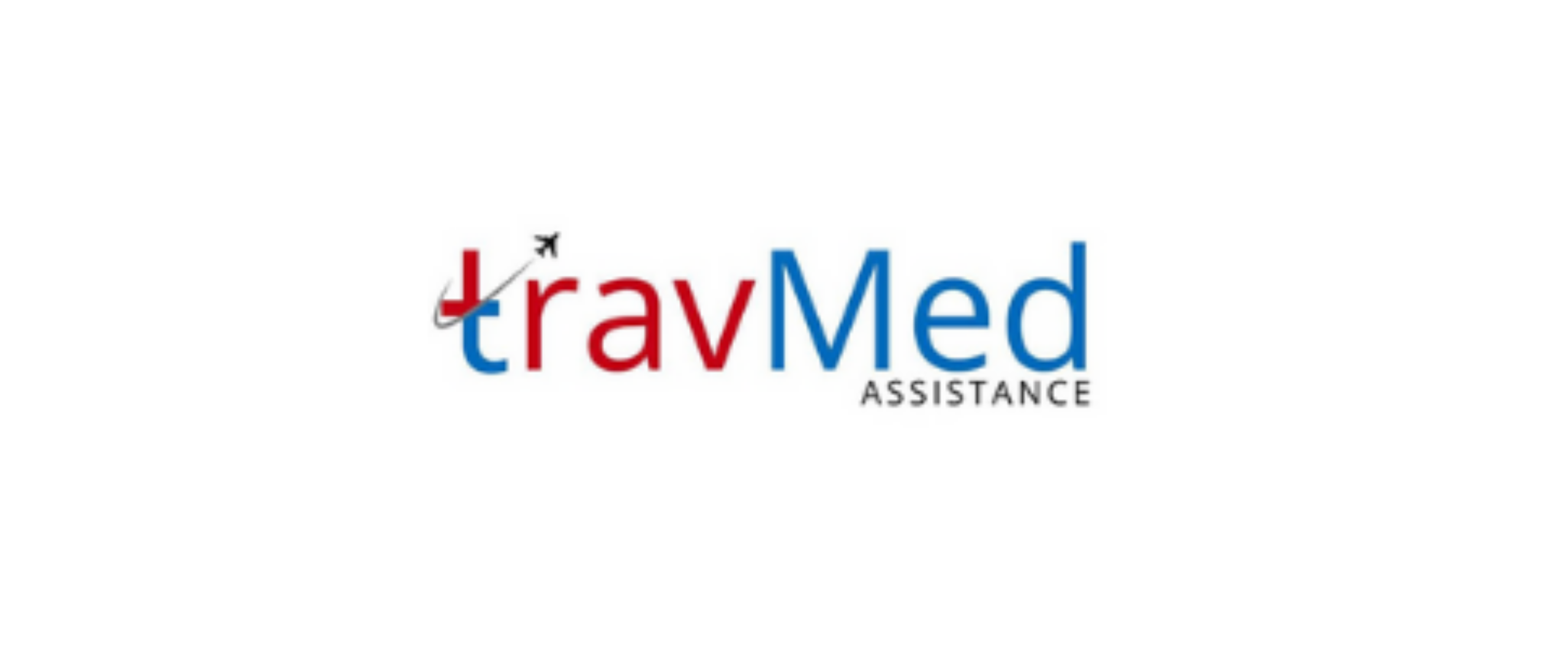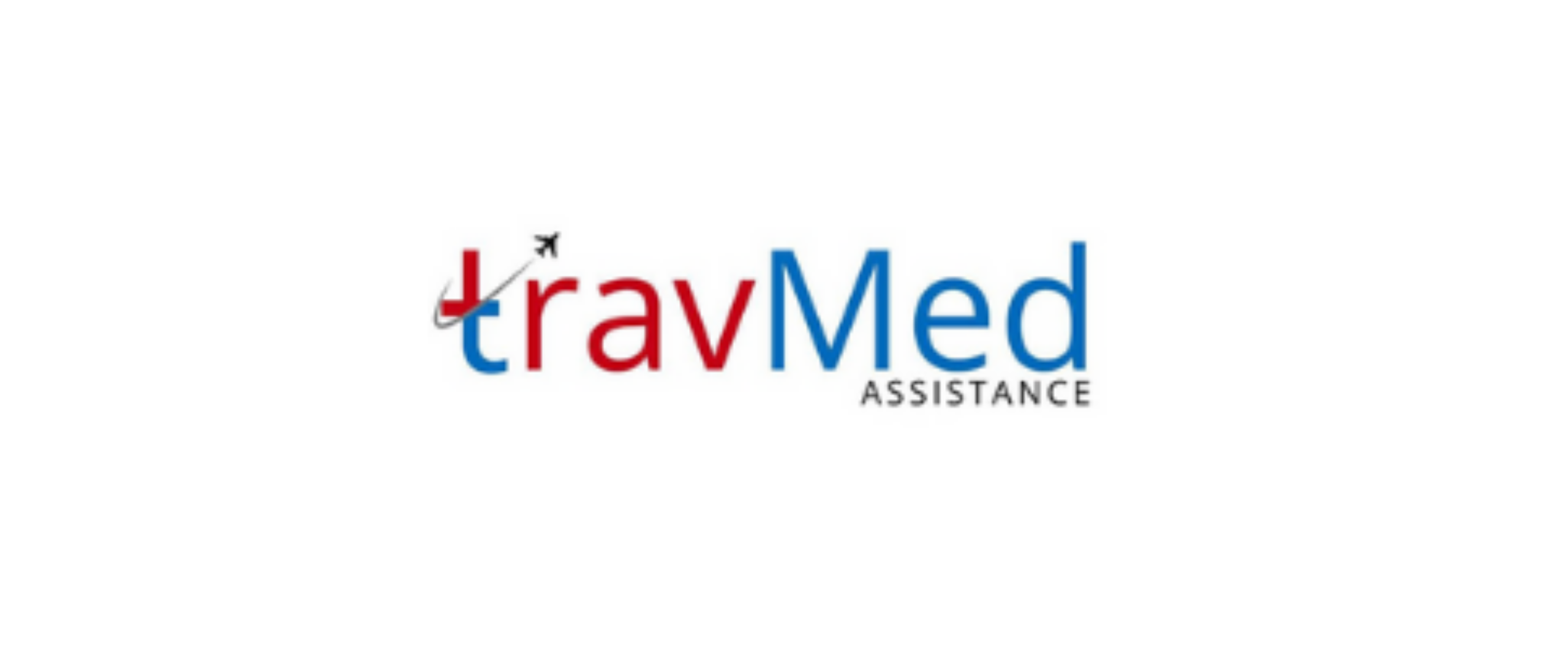
What is an air ambulance service in Nepal?
Air ambulance service in Nepal refers to specialized medical transport using aircraft to quickly move critically ill or injured patients to healthcare facilities. These services utilize helicopters or fixed-wing planes equipped with advanced medical equipment and staffed by trained medical professionals. Air ambulances in Nepal play a vital role in accessing remote mountainous regions where ground transportation is challenging or impossible. They provide rapid evacuation and life-saving care for patients in emergency situations, such as trekking accidents, natural disasters, or severe medical conditions requiring urgent treatment at better-equipped hospitals. Air ambulances significantly reduce transport times compared to ground ambulances, potentially improving patient outcomes in time-sensitive cases.
Who provides air ambulance services in Nepal?
Several organizations provide air ambulance services in Nepal:
- Nepal Army: Operates helicopter rescue missions, especially in mountainous areas
- Simrik Air: Private company offering medical evacuation flights
- Fishtail Air: Provides helicopter rescue and air ambulance services
- Yeti Airlines: Offers medical evacuation on their fixed-wing aircraft
- Tara Air: Operates air ambulance services to remote areas
- Altitude Air: Provides helicopter-based medical evacuation
- Shree Airlines: Offers air ambulance services on both helicopters and fixed-wing aircraft
- Sita Air: Provides medical evacuation flights on their aircraft fleet
These providers work in coordination with hospitals, trekking agencies, and insurance companies to facilitate air ambulance services across Nepal. The Nepal Army often handles government-sponsored rescues, while private companies cater to insured travelers and those able to pay for services directly.
How does the air ambulance service work?
The air ambulance service in Nepal operates through a coordinated process:
- Emergency call received by service provider or rescue coordination center
- Medical team assesses patient’s condition and determines need for air transport
- Nearest suitable aircraft and medical crew dispatched to patient location
- Ground team prepares patient for air transport, if necessary
- Aircraft lands at nearest safe location to patient
- Medical team stabilizes patient and loads them into aircraft
- In-flight medical care provided during transport
- Aircraft lands at destination hospital or medical facility
- Patient transferred to receiving medical team for further treatment
The entire process is designed for speed and efficiency, with constant communication between ground teams, air crew, and receiving hospitals. Weather conditions and terrain are carefully evaluated to ensure safe flight operations. Air ambulance services operate 24/7, ready to respond to emergencies at any time.
What documents are required for air transport?
Several documents are typically required for air ambulance transport in Nepal:
- Patient’s passport or identification document
- Medical report detailing patient’s condition and treatment needs
- Consent form signed by patient or family member
- Insurance information or proof of payment for services
- Travel visa (for international patients)
- Doctor’s recommendation for air transport
- Any relevant medical history or test results
- Contact information for patient’s family or next of kin
- Customs declaration form (for international flights)
- Flight manifest including patient and medical crew details
Having these documents prepared in advance can help expedite the air ambulance process. In emergency situations, some documentation requirements may be waived or completed after transport to avoid delays in life-saving care. Air ambulance providers often assist in gathering necessary paperwork to ensure smooth transport operations.
How much do air ambulance services cost?
Air ambulance services in Nepal can be expensive due to the specialized equipment and personnel involved. Costs typically range from $2,000 to $20,000 or more, depending on various factors:
- Distance of flight
- Type of aircraft used (helicopter vs. fixed-wing)
- Medical equipment and personnel required
- Urgency of transport (scheduled vs. emergency)
- Patient’s medical condition and care needs
- Landing fees and permits
- Fuel costs and flight time
For international medical evacuations, costs can exceed $100,000. Many trekking agencies and tour operators include emergency evacuation insurance in their packages. Travel insurance with medical evacuation coverage is highly recommended for visitors to Nepal. Some air ambulance providers offer membership programs for frequent travelers or expatriates living in Nepal, providing discounted rates for their services. It’s advisable to check insurance coverage and understand potential costs before traveling to remote areas of Nepal.
How is safety ensured during air transport?
Safety is a top priority in air ambulance operations in Nepal. Several measures are implemented to ensure patient and crew safety:
- Regular aircraft maintenance and inspections
- Strict adherence to aviation regulations and flight protocols
- Experienced pilots trained in mountain flying and adverse weather conditions
- Advanced navigation and communication systems
- Continuous weather monitoring and flight planning
- Medical equipment securely installed and tested before flights
- Trained medical crew familiar with in-flight patient care
- Use of proper patient restraints and monitoring devices
- Oxygen systems and pressurized cabins in fixed-wing aircraft
- Emergency procedures and equipment for various scenarios
- Coordination with ground teams for safe landing zone preparation
Air ambulance providers in Nepal must meet stringent safety standards set by aviation authorities. They undergo regular audits and certifications to maintain their operating licenses. Despite challenging terrain and weather conditions, these safety measures help ensure reliable and secure air medical transport services across Nepal.
Are air ambulance services available nationwide?
Air ambulance services in Nepal are available nationwide, but accessibility varies depending on location:
- Major cities (Kathmandu, Pokhara, Biratnagar): Readily available with multiple providers
- Popular trekking regions (Everest, Annapurna): Well-covered due to frequent need
- Remote mountainous areas: Accessible, but may require longer response times
- Terai (southern plains): Serviced by both helicopters and fixed-wing aircraft
- Western Nepal: Limited providers, but still accessible
- Far-western regions: Fewer options, potentially longer wait times
While air ambulances can theoretically reach any part of Nepal, practical limitations exist:
- Weather conditions may delay or prevent flights in some areas
- Lack of suitable landing zones in extremely remote locations
- Limited fuel availability in distant regions
- Nighttime operations restrictions in certain areas
Despite these challenges, air ambulance providers strive to offer services across Nepal, often coordinating with local authorities and ground teams to facilitate rescues in hard-to-reach areas. The nationwide coverage continues to improve as more providers enter the market and expand their operational capabilities.
Who qualifies for air ambulance services?
Air ambulance services in Nepal are available to a wide range of individuals, but certain criteria typically determine qualification:
- Critically ill or severely injured patients requiring urgent medical care
- Individuals in remote locations inaccessible by ground transport
- Patients needing specialized treatment not available at local facilities
- Trekkers and mountaineers experiencing high-altitude illnesses
- Victims of natural disasters or accidents in hard-to-reach areas
- Patients with time-sensitive medical conditions (e.g., stroke, heart attack)
- Individuals with insurance coverage for medical evacuation
- Those able to pay for services out-of-pocket
- Foreign nationals requiring medical repatriation
- Pregnant women with complications in remote regions
The decision to use air ambulance services often involves consultation between medical professionals, patients or their families, and insurance providers. In emergency situations, first responders or local healthcare providers may initiate air ambulance requests based on their assessment of the patient’s condition and transport needs. It’s important to note that while air ambulance services are theoretically available to anyone in need, practical considerations such as cost and insurance coverage often influence access to these services.
What medical equipment is onboard?
Air ambulances in Nepal are equipped with a range of advanced medical equipment to provide critical care during transport:
- Cardiac monitors and defibrillators
- Ventilators for respiratory support
- Oxygen supply systems
- Infusion pumps for medication administration
- Suction devices
- Stretchers with secure locking mechanisms
- Blood pressure monitors
- Pulse oximeters
- Intubation equipment
- Emergency medications and supplies
- Trauma care kits
- Portable ultrasound machines (in some cases)
- Incubators for neonatal transport (when needed)
The specific equipment may vary depending on the type of aircraft and the service provider. Helicopters typically have more compact setups due to space limitations, while fixed-wing aircraft can accommodate larger equipment. Air ambulance providers regularly update and maintain their medical equipment to ensure optimal functionality during flights. The onboard medical team is trained to operate all equipment effectively in the unique environment of an aircraft, ensuring patients receive high-quality care throughout their transport.
How long does the air transport process take?
The duration of the air transport process in Nepal varies depending on several factors:
- Initial response time: 30 minutes to 2 hours
- Flight time to patient location: 15 minutes to 2 hours
- On-site patient preparation: 15 to 30 minutes
- Loading patient into aircraft: 5 to 10 minutes
- Flight to destination hospital: 15 minutes to 2 hours
- Unloading and transfer to hospital: 10 to 15 minutes
Total time can range from 1.5 to 7 hours or more. Factors affecting duration include:
- Distance between locations
- Weather conditions and visibility
- Terrain and accessibility of pickup site
- Patient’s medical condition and stabilization needs
- Type of aircraft used (helicopter vs. fixed-wing)
- Air traffic and landing clearances
In emergency situations, every effort is made to expedite the process while maintaining safety standards. For scheduled medical transports, the timeline may be more relaxed. Air ambulance providers aim to minimize transport times to ensure patients receive definitive care as quickly as possible.
Can family accompany the patient during transport?
In most cases, air ambulance services in Nepal allow one family member to accompany the patient during transport, subject to certain conditions:
- Space availability on the aircraft
- Weight and balance considerations
- Patient’s medical condition and care needs
- Family member’s health and ability to travel
- Pilot’s discretion based on flight safety
- Insurance coverage for accompanying person
Benefits of family accompaniment:
- Emotional support for the patient
- Assistance with communication and decision-making
- Continuity of care information
Limitations and considerations:
- Limited space in helicopters may restrict accompaniment
- Additional cost may be incurred for the family member
- Family member must follow crew instructions at all times
- May not be allowed in cases of severe instability or infectious diseases
Air ambulance providers assess each situation individually to determine if family accompaniment is feasible and beneficial. When direct accompaniment is not possible, providers often assist in arranging alternative transportation for family members to the destination hospital.
How do I request air ambulance services?
To request air ambulance services in Nepal, follow these steps:
- Assess the medical emergency and determine need for air transport
- Contact your travel insurance provider if coverage is available
- Call local emergency services (112 in Nepal) for immediate assistance
- Reach out directly to air ambulance providers
- Provide patient information: • Name and age • Current location (as precise as possible) • Medical condition and symptoms • Any treatment already received
- Have available: • Passport or identification documents • Insurance information • Credit card for payment (if required)
- Follow instructions provided by the air ambulance service
- Prepare patient for transport and gather essential belongings
- Inform family members or emergency contacts about the situation
For non-emergency medical transports, contact air ambulance providers or hospitals directly to arrange services in advance. Many trekking agencies and tour operators in Nepal can also assist in coordinating air ambulance services for their clients. It’s advisable to save emergency contact numbers and have a plan in place before traveling to remote areas of Nepal.


